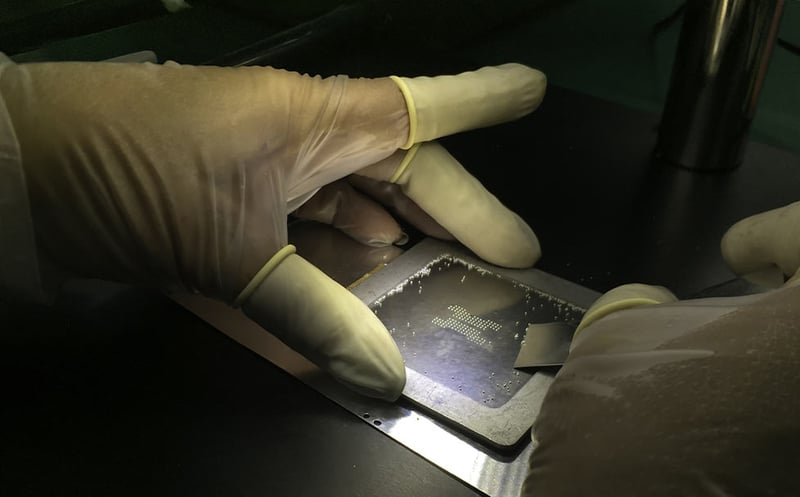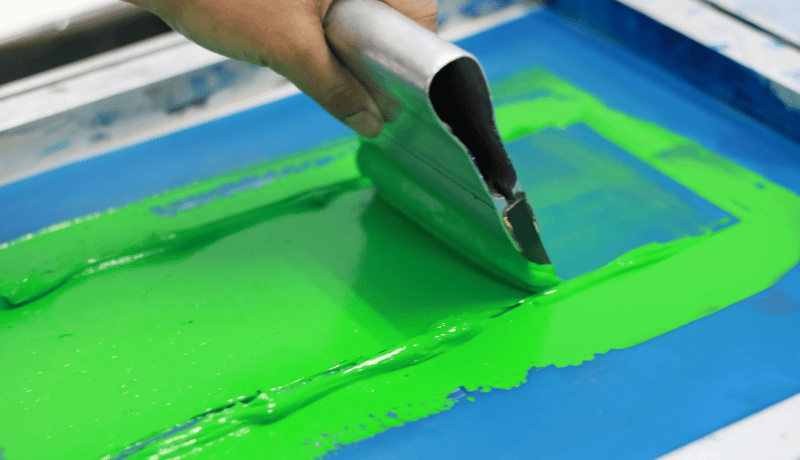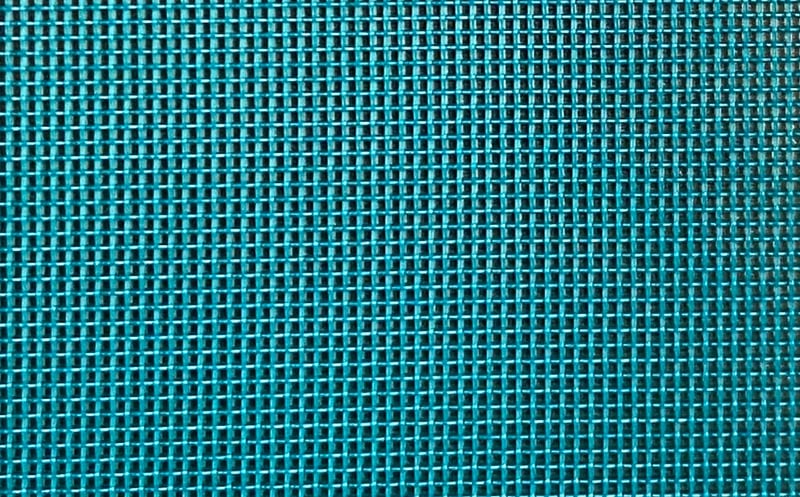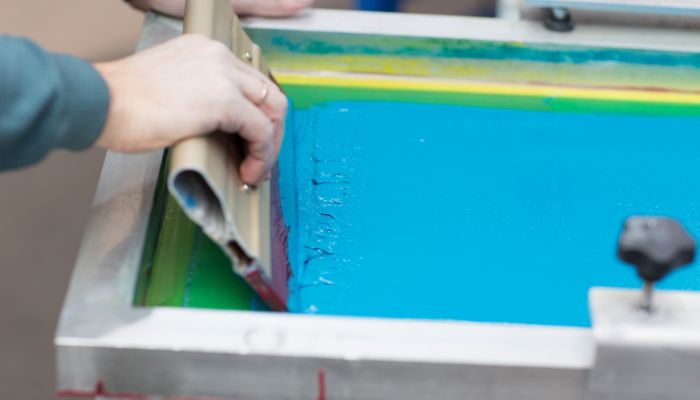If you're looking to achieve the best possible results for your screen printing project, choosing the right mesh screen is essential. With so many options available, it can be tough to make the right decision. That's why we've put together a comprehensive guide to help you select the perfect mesh screen for your needs. This guide will help you understand most of the essential factors to consider when choosing the right mesh screen for any project.

Understand Your Design
Before selecting a mesh, it's crucial to have a clear understanding of your design. Consider the level of detail, color gradients, and ink coverage required for your project.
Here are some general guidelines for matching mesh count to your design:
High-detail designs
Choose a higher mesh count to achieve intricate details and fine lines.
Bold graphics and large text
Opt for a lower mesh count to allow for more ink coverage and solid prints.
Halftones and gradients
A mid to high mesh count is recommended for smoother transitions and better detail.

Ink Selection
The type and viscosity of ink used in your project can influence your mesh screen selection. Different inks have different characteristics and may require specific mesh counts to achieve optimal results.
Water-based inks
These inks are thinner and can be used with higher mesh counts.
Plastisol inks
Thicker than water-based inks, plastisol inks usually require a lower to mid-range mesh count.
Specialty inks
Metallic, glitter, and high-density inks typically have larger particles and require lower mesh counts.
-1.png?width=800&height=498&name=Untitled%20design%20(43)-1.png)
Substrate Material
The substrate material you are printing on can also impact your mesh choice. Factors such as the material's texture, absorption properties, and desired print durability should be considered.
Textured substrates
Lower mesh counts are suitable for printing on textured materials, as they allow for thicker ink deposits.
Smooth substrates
Higher mesh counts are recommended for smooth surfaces, as they offer finer detail and a smoother print appearance.
Absorbent substrates
Lower mesh counts can help prevent ink from bleeding into the material by depositing a thicker layer of ink.
Production Speed and Volume
Your production requirements may also influence your mesh selection. Balancing the need for speed, efficiency, and quality is crucial.
High-volume production
Lower mesh counts for high-volume production result in faster ink coverage and production speed.

Mesh Screen Material
Meshes are typically made from polyester, nylon, or stainless steel. Each material has its advantages and drawbacks.
Polyester
This is the most widely used mesh material, providing an economical option with excellent tension stability and durability.
Nylon
Nylon meshes are more elastic than polyester, making them suitable for printing on curved surfaces or when using abrasive inks. However, they are less stable when it comes to tension.
Stainless steel
Stainless steel meshes offer excellent durability and tension stability but are generally more expensive and challenging to work with.
Balancing Mesh Count and Thread Diameter
When selecting a mesh, consider both the mesh count and thread diameter. Thicker threads offer more durability but reduce the open area for ink to pass through. Thinner threads provide better detail and ink flow but may be less durable. Striking the right balance is essential for achieving the desired print quality and durability.
Choosing the right mesh screen for screen printing is essential.
When deciding, several factors must be taken into account, such as design, ink type, substrate material, production requirements and mesh material. It's essential to understand these factors in order to select the best mesh screen for your project. This will ensure excellent print quality and efficient production. Keep in mind that experimentation and testing may be necessary to achieve the desired results.
